52 Fun Experiments to Learn, Grow, Harvest, Make, Play, and Enjoy Your Garden
Renata Fossen Brown

2014 by Quarry Books
Text 2014 Renata Fossen Brown
Photography 2014 Dave Brown
First published in the United States of America in 2014 by
Quarry Books, a member of
Quayside Publishing Group
100 Cummings Center
Suite 406-L
Beverly, Massachusetts 01915-6101
Telephone: (978) 282-9590
Fax: (978) 283-2742
www.quarrybooks.com
Visit www.Craftside.Typepad.com for a behind-the-scenes peek at our crafty world!
All rights reserved. No part of this book may be reproduced in any form without written permission of the copyright owners. All images in this book have been reproduced with the knowledge and prior consent of the artists concerned, and no responsibility is accepted by the producer, publisher, or printer for any infringement of copyright or otherwise, arising from the contents of this publication. Every effort has been made to ensure that credits accurately comply with information supplied. We apologize for any inaccuracies that may have occurred and will resolve inaccurate or missing information in a subsequent reprinting of the book.
10 9 8 7 6 5 4 3 2 1
ISBN: 978-1-59253-904-8
Digital edition published in 2014
Digital edition: 978-1-62788-030-5
Softcover edition: ISBN 978-1-59253-904-8
Library of Congress Cataloging-in-Publication Data
Brown, Renata Fossen.
Hands on family : gardening lab for kids / Renata Fossen Brown.
p. cm.
Gardening lab for kids
1. Gardening for children. 2. Childrens gardens. I. Title. II. Title: Gardening
lab for kids.
SB457.B723 2014
635.083--dc23
2013038945
Design: Leigh Ring // www.ringartdesign.com
Cover Image: Dave Brown
Photography: Dave Brown // www.davebrownimages.com
 DEDICATION
DEDICATION 
To my mom and dad. My mom has the greenest thumb in the world, and our home was always filled with thriving, happy houseplants. Thankfully, I inherited a tiny portion of that gene. From my dad the farmer, I always had a garden, always reduced, reused, and recycled and thought everyone composted. I love you both very much, and thank you for the wonderful green values you instilled in me.

CONTENTS


INTRODUCTION

Its been said that gardening is better than therapy and you get tomatoes. I would agree. Gardening is also the combination of art and science. This book is a collection of activities Ive used both professionally at Cleveland Botanical Garden and personally during the past twenty years. To me, gardening is everything good: exercise (but more fun), being outside (usually), communing with nature, and (hopefully) bettering a tiny patch of earth. Im not a professional gardener, Im not a horticulturist, but I do hang out with a bunch of them and ask a lot of questions. The biggest thing Ive learned through these interactions is that all of those rules they learned in school are simply there to be broken.
Gardening is a personal endeavor, and whatever makes you happy should be what you do. If you love putting pinks and oranges together because they make you smile, then do it. If, instead of the rules of three, you prefer groups of four, then do it.
I get great ideas of things to do in my yard from daily walks with the dogs, plant catalogs, and Pinterest! From these same three places, I also see plenty of things I dont want in my yard. Either way, you learn new things to implementor not.

GARDEN BASICS

BENEFITS OF GARDENING
If you are flipping through this book, you already enjoy being around plants, so we dont need to convince you of that. In addition to gardening being a great hobby, there are numerous health benefits to it. Gardening outside is great exercise because theres a lot of walking, squatting, stretching, lifting, and bending involved. All of this movement increases oxygen flow to the muscles and brain and increases a sense of well-being and calm. Working outdoors connects us with nature, which has been shown to work wonders for children having a hard time focusing.

PLANT PARTS

A plant has four basic parts: root, stem, leaf, flower. To have healthy plants, you need to know how each part functions.
ROOT: The main jobs of the root are to anchor and absorb. Roots hold a plant in place while absorbing water and nutrients from the soil. Roots grow into the spaces between soil particles, which is why it is important not to have compacted soil. Roots need water, but many plant roots will rot and die if they are in wet soil for a long time.
STEM: A stem also has two jobs: to transport and support. Water and nutrients that were absorbed by the roots are moved through the rest of the plant via the stem. The sugars made in the leaf through the process of photosynthesis are moved back down the stem and throughout the plant via the stem as well. Stems can be vertical, horizontal, underground, or aboveground, and they support the leaves of the plant.
LEAF: The leaf is the most important part of the plant. This is where the process of photosynthesis happens. Water and nutrients combine with carbon dioxide and sunlight in a chemical reaction to create food for the plant in the form of sugar. This sugar fuels all other life on the planet. An animal that eats plants ingests this sugar and is then able to continue on with its day. When another animal eats that animal, the second animal takes in some of that energy and is able to continue on with its day, and so on.
Two excellent by-products of photosynthesis are water and oxygen, our favorite gas. The more leaves there are on the planet, the more carbon dioxide gets absorbed out of the atmosphere and the more oxygen we have to breathe. A win-win if ever there was one.






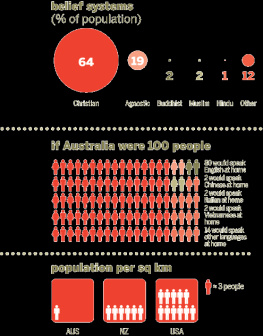
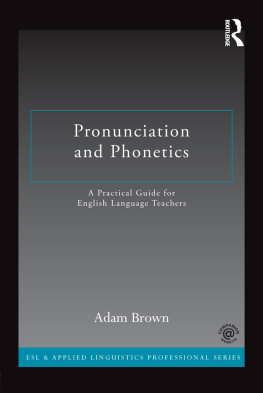

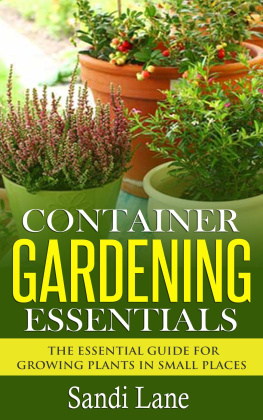
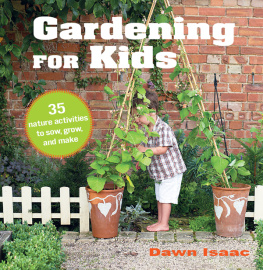
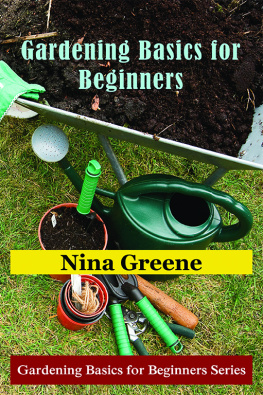
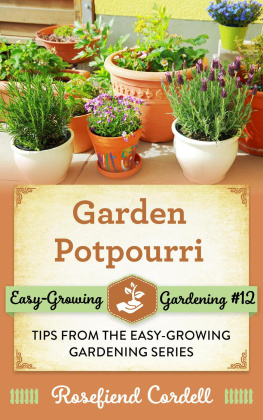
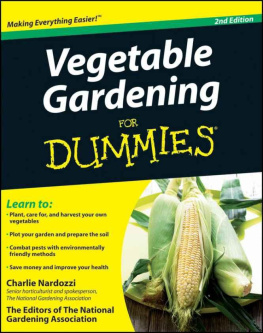
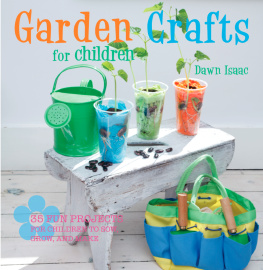


 DEDICATION
DEDICATION 
